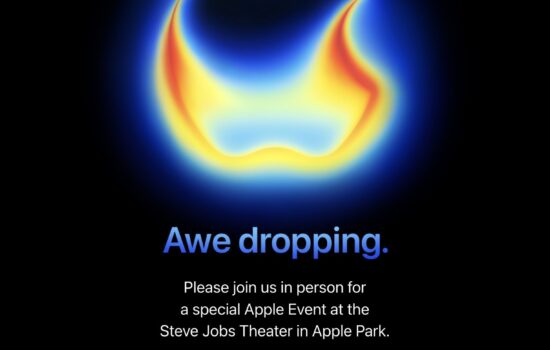SpaceX just performed a launch of their Starship “SN9” prototype launch system, and had a spectacular looking landing attempt as well.
Note: Images in this article are placed in order of their occurrence within the test today
   SpaceX, the leading launch provider in the commercial sector of space exploration among others just attempted a full test of their prototype launch vehicle, dubbed SN9, and had both good and bad results during the run. For context, SpaceX began the testing program back in 2019 and had it’s first successful flight under the power of the Raptor engine in late July and then followed up the flight by beginning to build the first “SN” prototype vehicles.
   Today, after finally getting an approved TFR (short for Temporary Flight Restriction) SpaceX was allowed to conduct it’s second ever 10 kilometer test flight of a Starship prototype. During today’s test, SpaceX saw what I estimate to be a 98% mission success rate. SpaceX streamed the event and at T-0 SN9 lit up it’s three full flow staged combustion cycle engines and took off from it’s launch pad in Boca Chica, Texas this afternoon.
   Upon T-0, SpaceX observed the successful ignition of their three full flow staged combustion cycle Raptor engines, powered by liquid methane and liquid oxygen (or methalox). At T+1:40 into flight, SpaceX performed shutdown of the first of three shutdowns of the Raptor engines. Shutdown was performed nominally, as they pushed into the second goal. At T+3:14 SpaceX performed the second of the three scheduled shutdowns of the Raptor engines, and it was observed nominally. At T+4:06 SpaceX made the callout that SN9 had successfully reached it’s 10km apogee and began to throttle down the remaining Raptor engine to maintain 10km briefly.
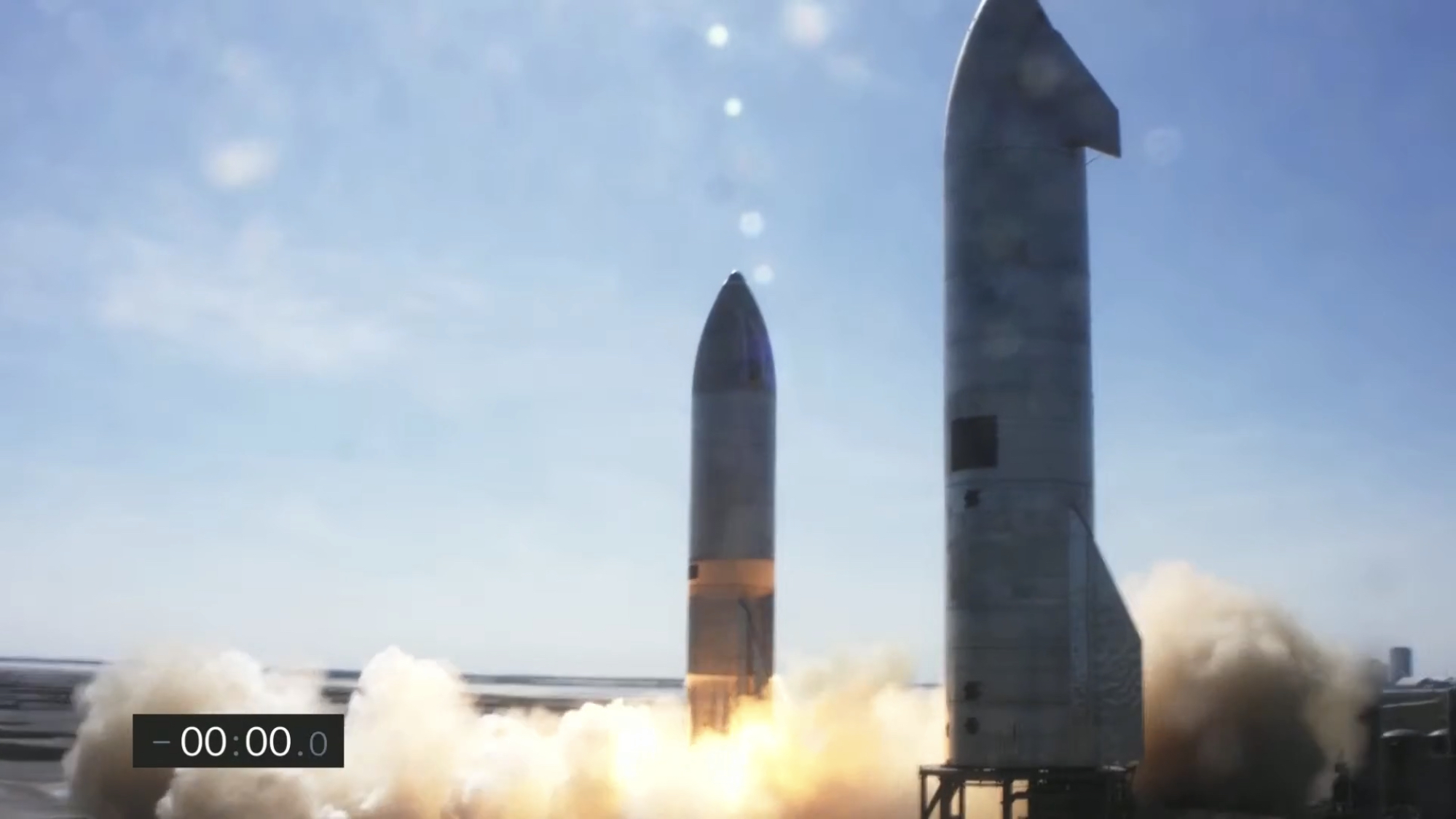
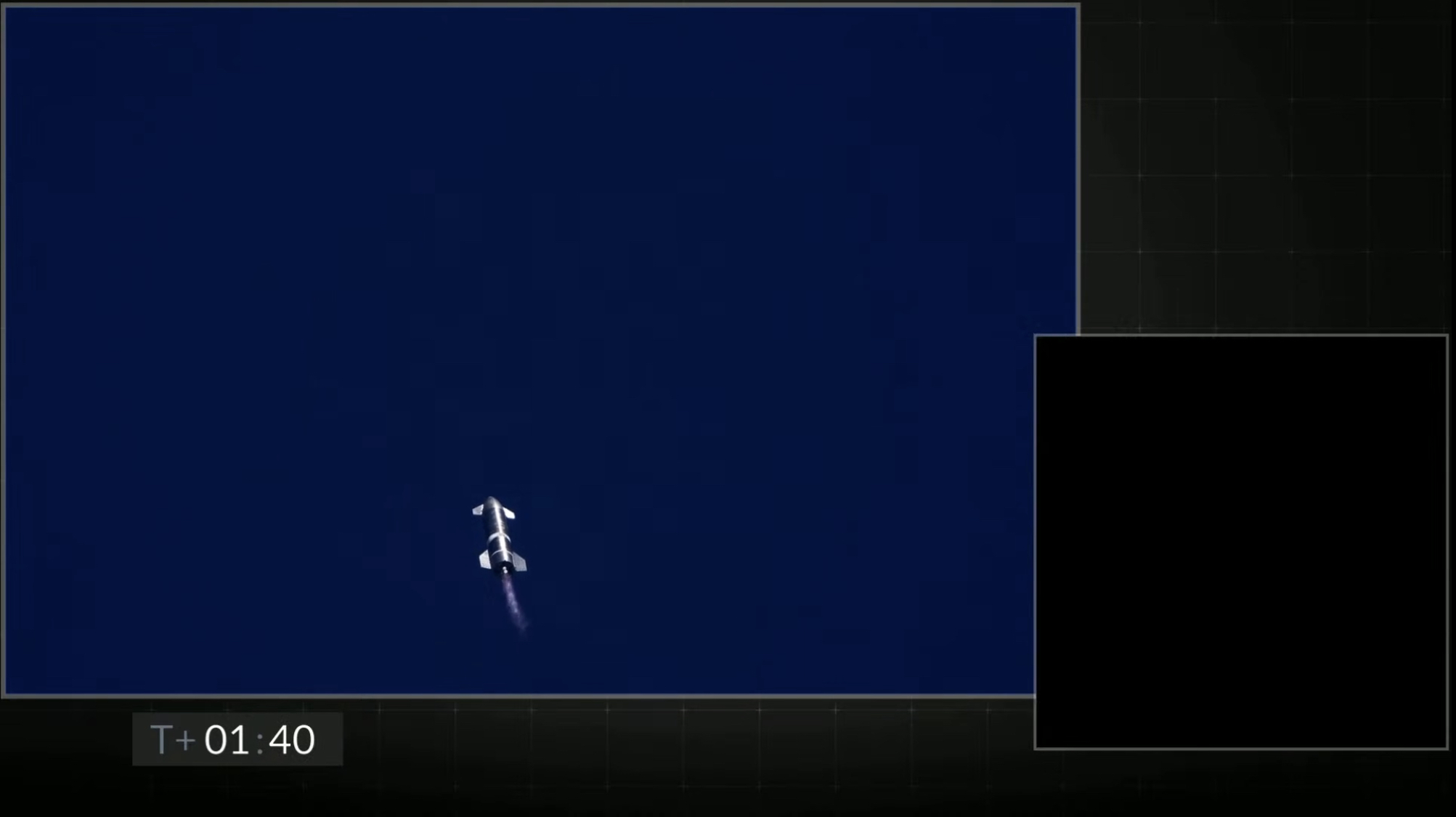
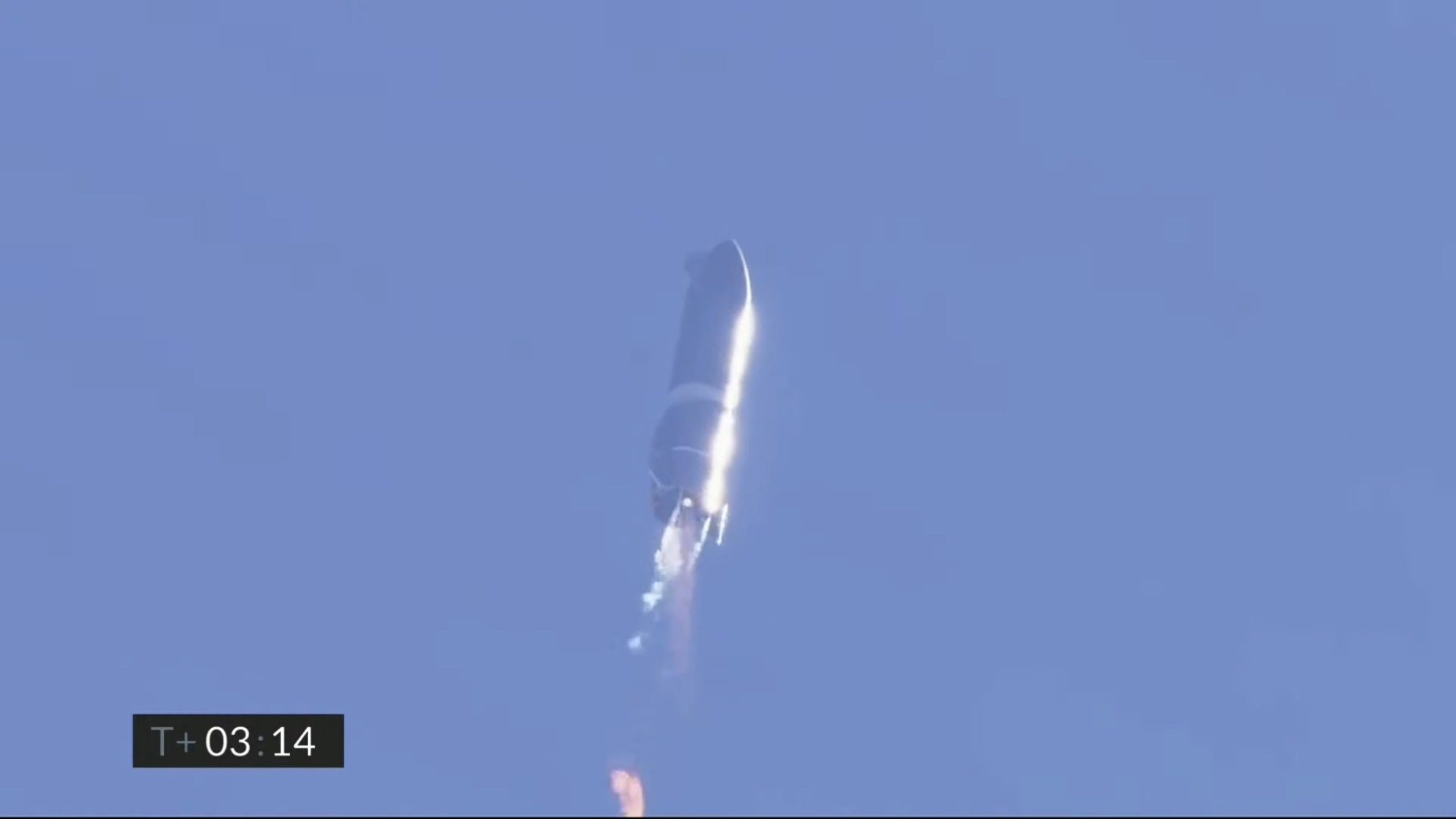
   At T+4:22 SpaceX initiated what they refer to as a “LOX dump”, which means they intentionally dump off a portion of their liquid oxygen tank to lose weight that they no longer need. At T+4:32 SpaceX shutdown the final of the three Raptor engines as it began to orient the vehicle sideways to begin it’s descent back to the landing pad. At T+4:40 seconds SN9 was observed to be in it’s fully horizontal decent position, using it’s body flaps (surface mounted flaps controlled by motors) to keep the vehicle in it’s horizontal position and steer back to the landing pad.
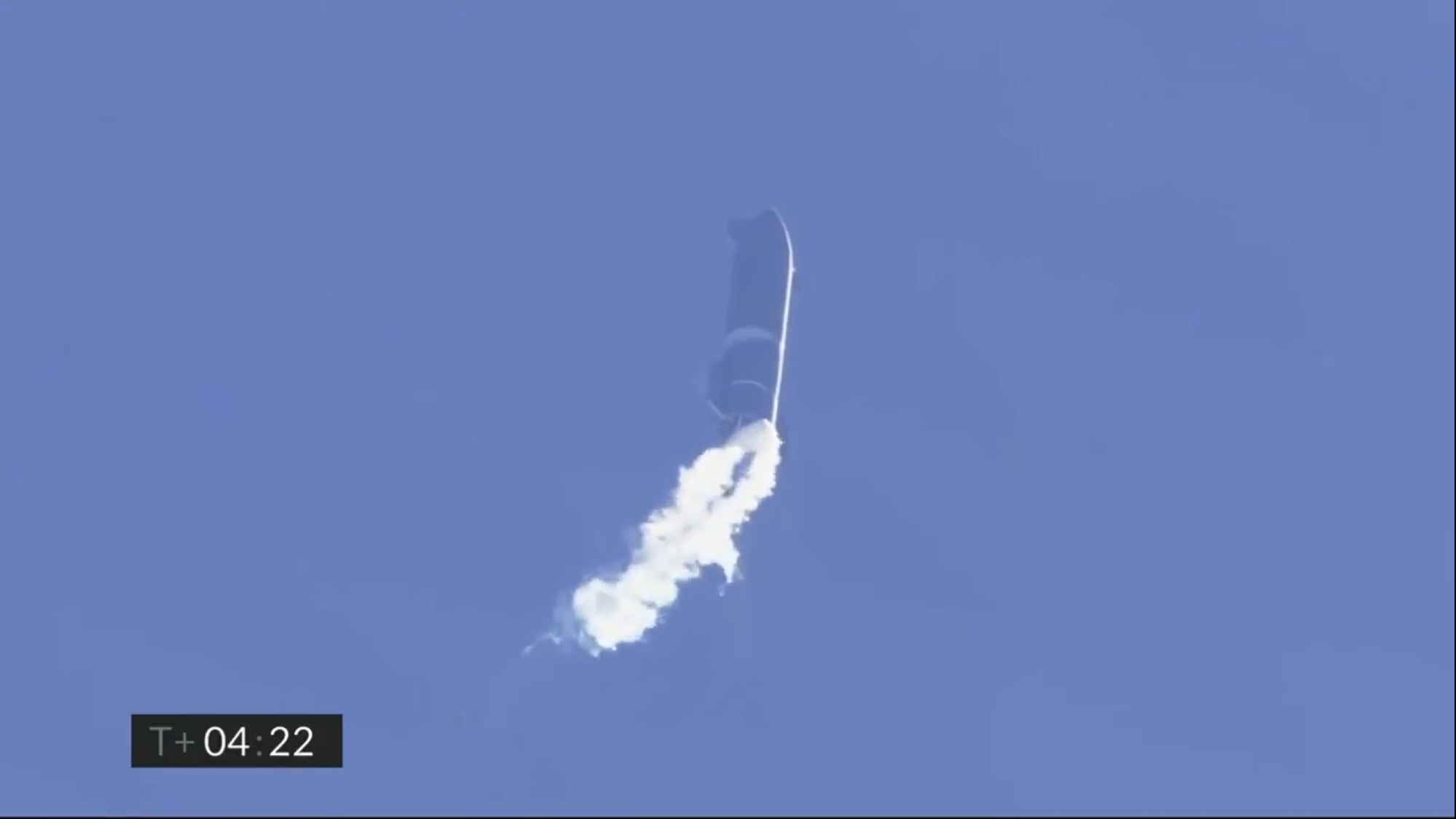
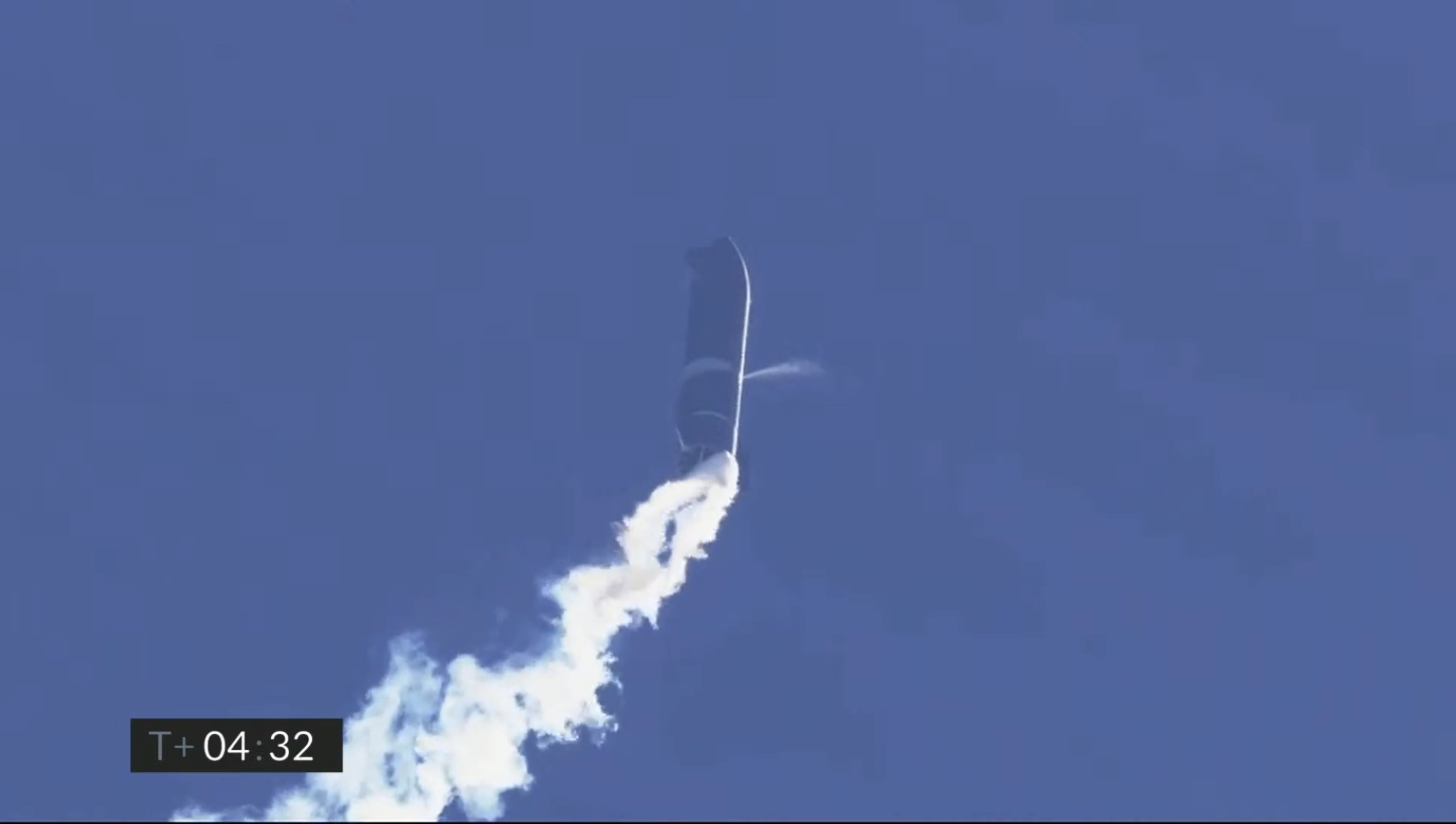
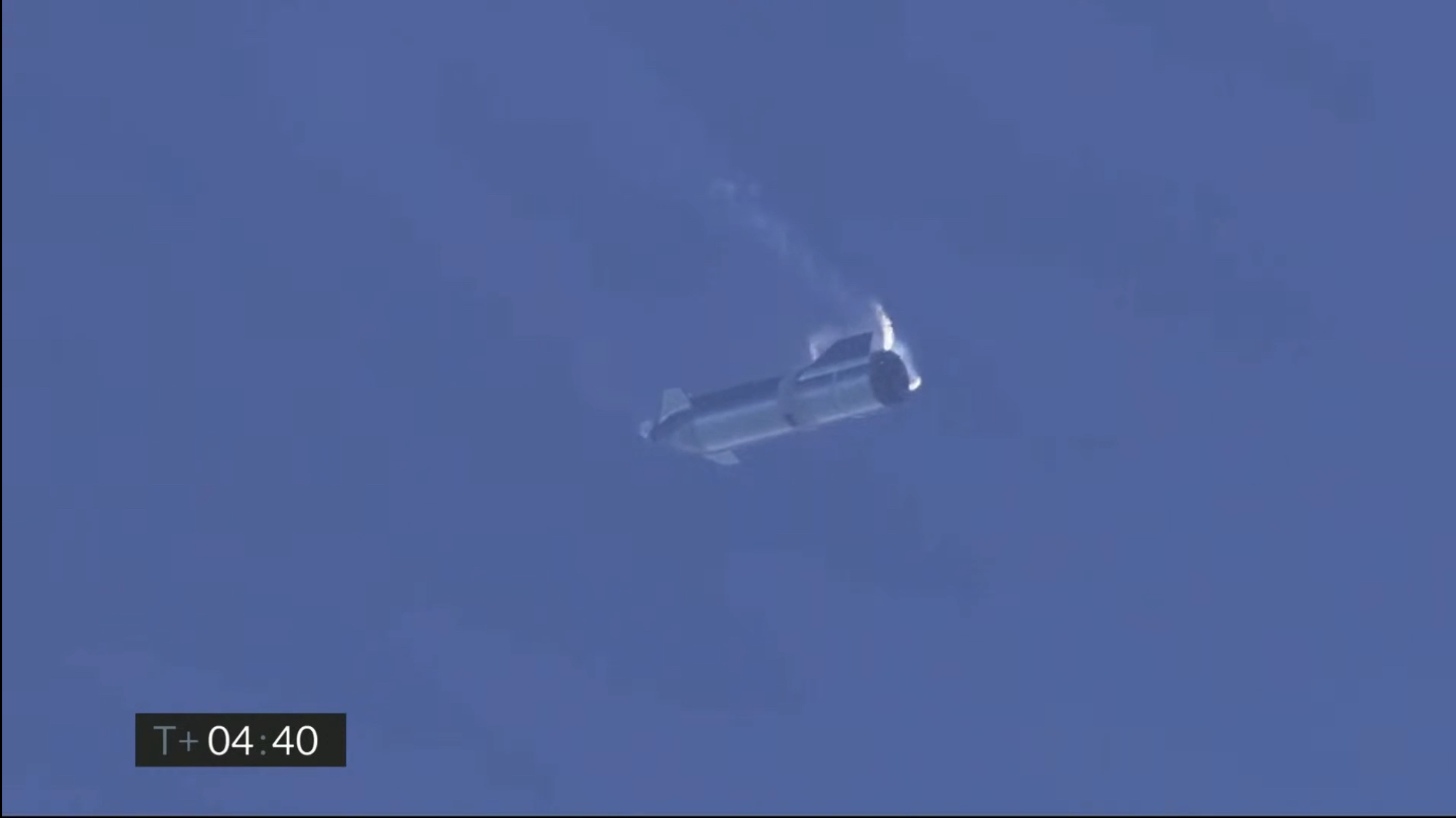
   At T+6:00 the callout was made for “landing chill”, which means that SpaceX allows a small amount of liquid oxygen back into the engine to chill them back down and prevent thermal shock upon relighting. At T+6:18 SpaceX relit one of the Raptor engines to begin moving SN9 back to a vertical landing position. This next part is where the bad news starts for SpaceX however. Half a second later SpaceX attempted to relight the second Raptor engine for a landing burn, however this engine ran into an issue and did not relight properly.
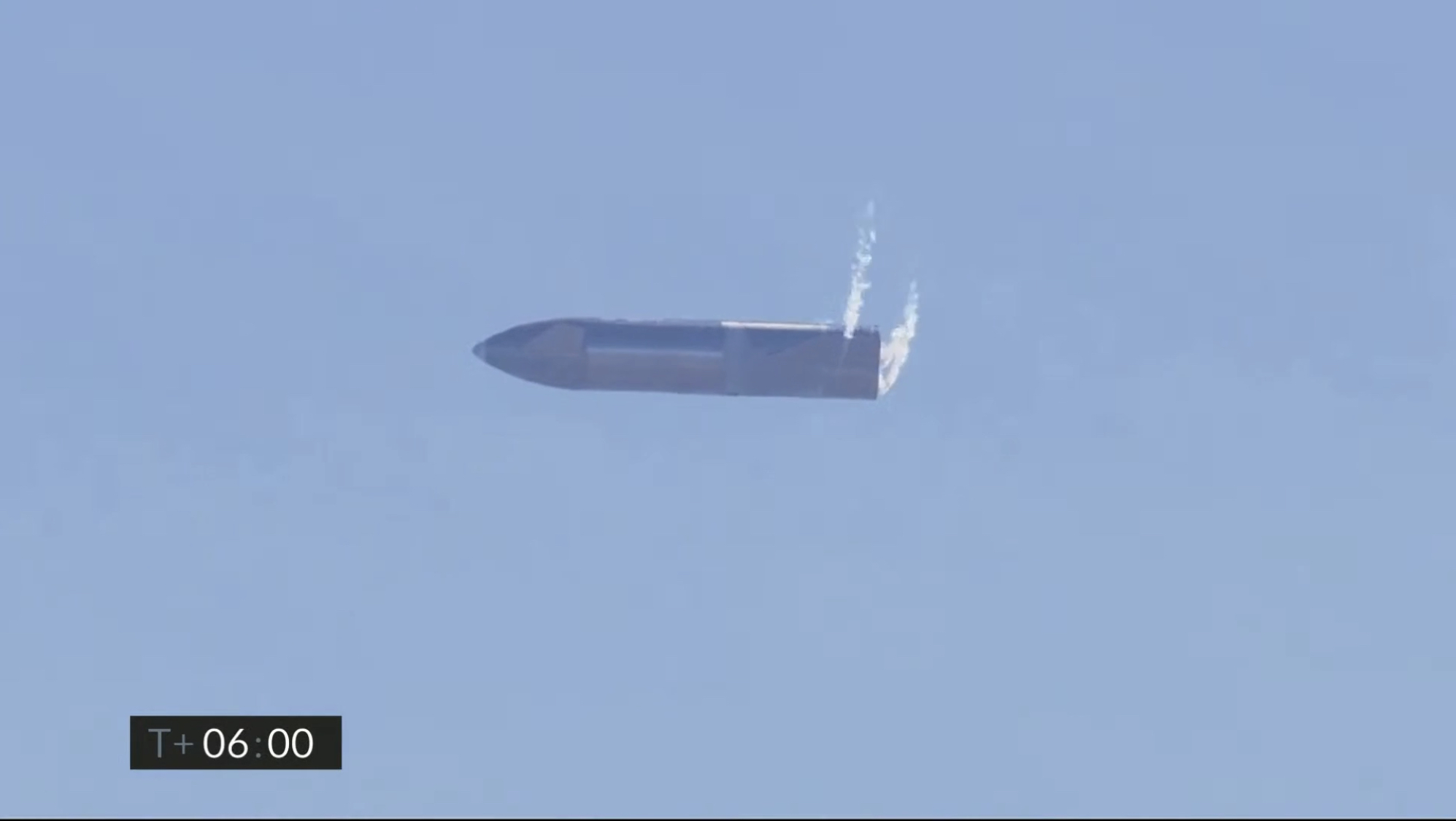
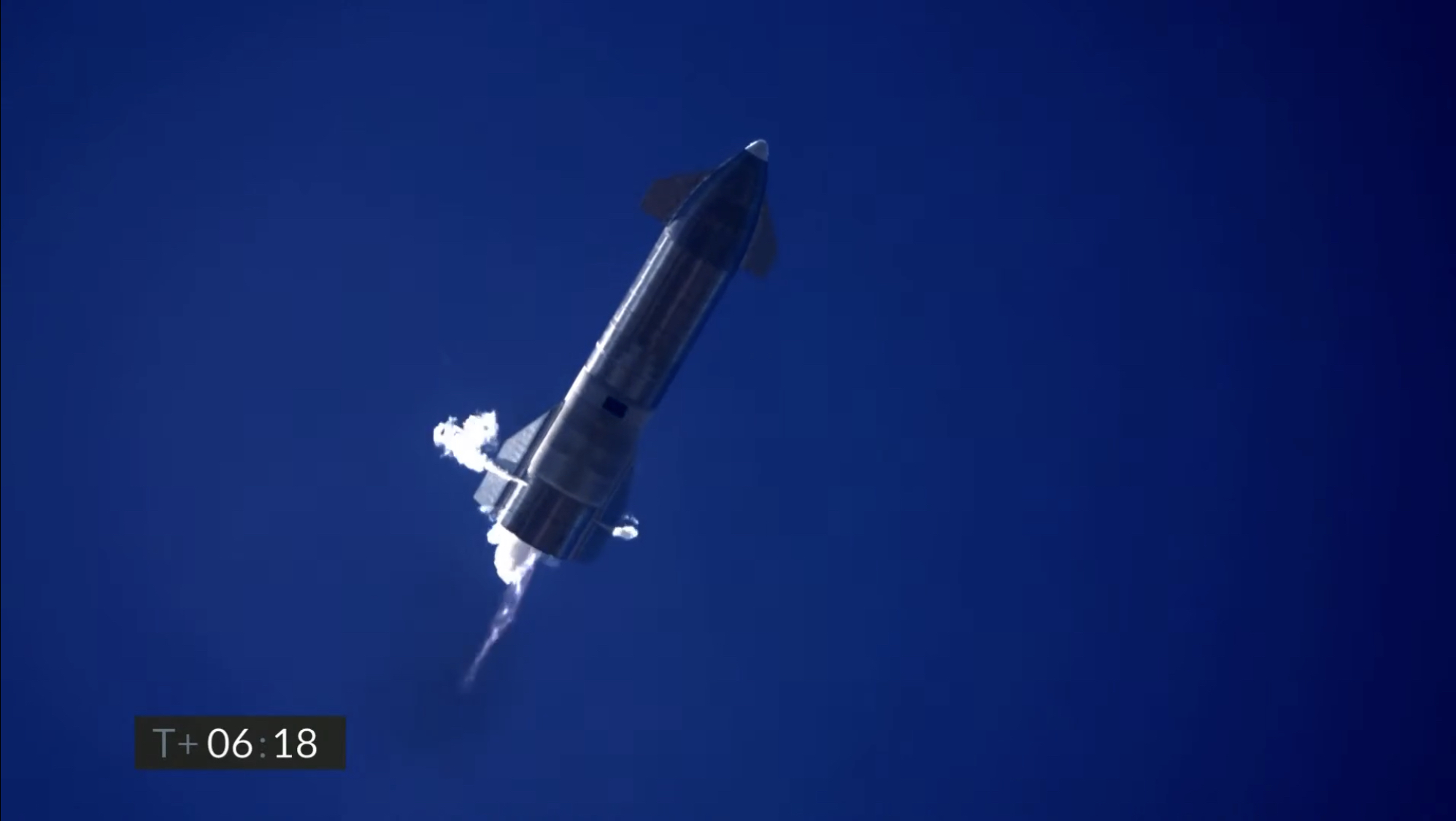
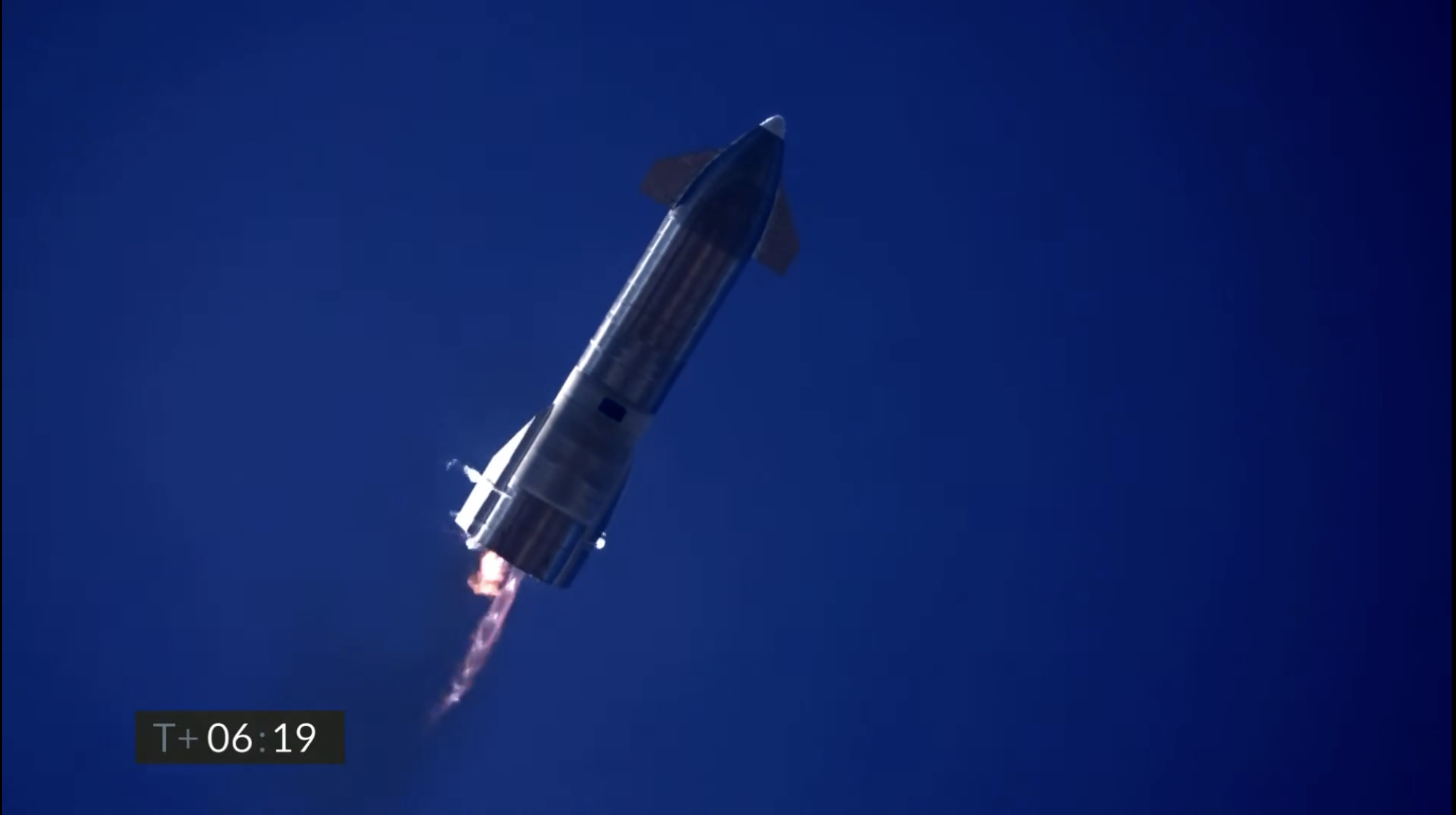
   This final Raptor engine not relighting caused SN9 to experience a RUD (short for Rapid Unscheduled Disassembly) and slam back into the pad after trying to correct using one Raptor engine at T+6:26 into flight. SN9 was destroyed within the second.
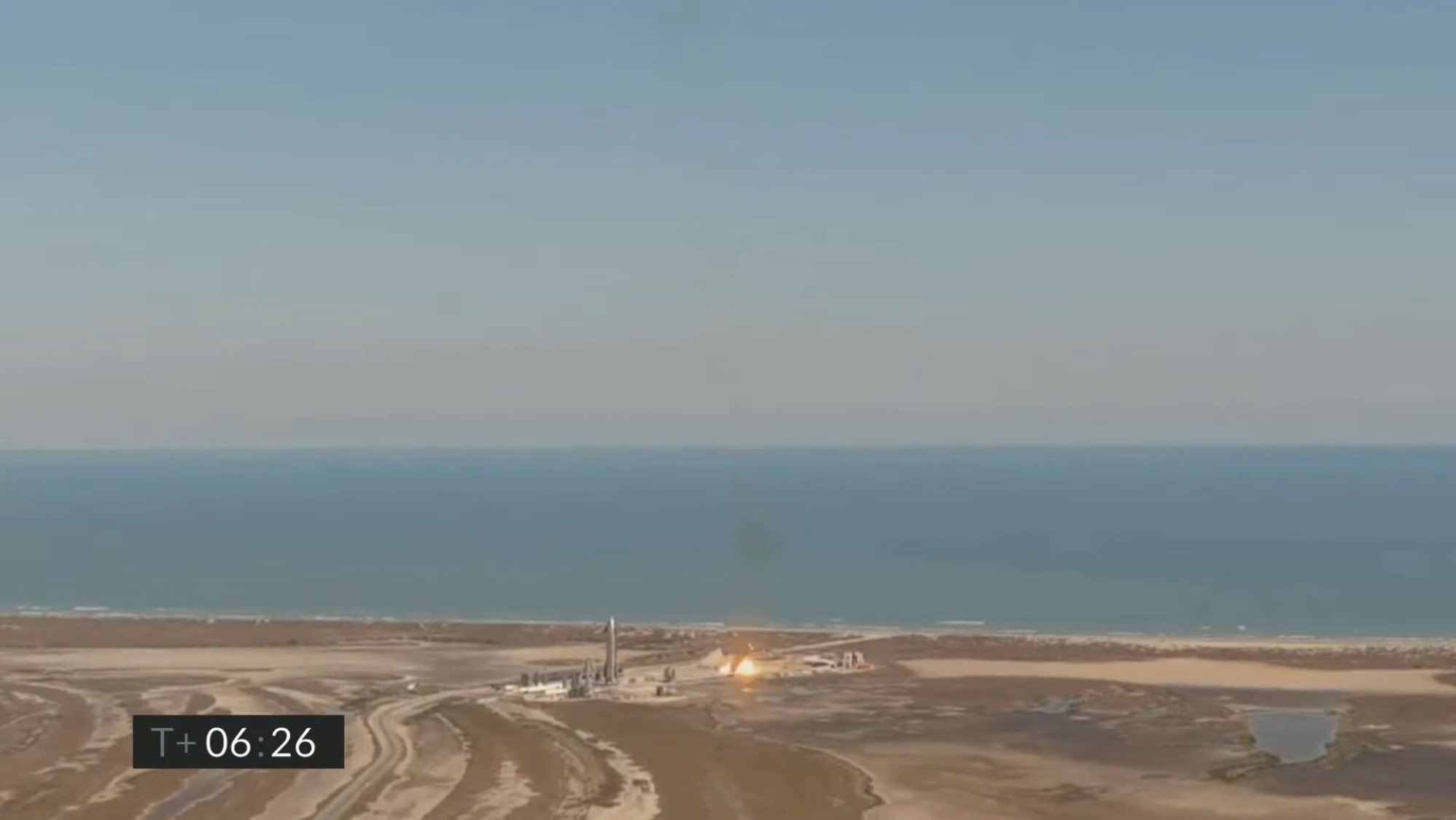
   This flight was another successful test, right up until it’s landing attempt. Last time, it was announced that SN8 (the previous test vehicle and first to fly) failed it’s landing Raptor engine relight because of low header tank pressure (the header tank is a fuel tank that SpaceX switches to during the horizontal flip, located in the nosecone of the rocket). While at the time of this writing we don’t know the cause of the failure, upon first engine relight a piece of debris was spotted flying out of the engine area of the rocket.
   Please remember, we all support #TeamSpace here and this is just a minor failure in the grand scheme of human habitation of the Moon, Mars, and eventually beyond. It’s not a failure as long as you learn from your mistakes and as called out on the broadcast, SpaceX received amazing data from the flight.
(All images used are property of SpaceX and Elon Musk, and were taken both from their SN9 livestream and Elon Musk’s Twitter page.)







